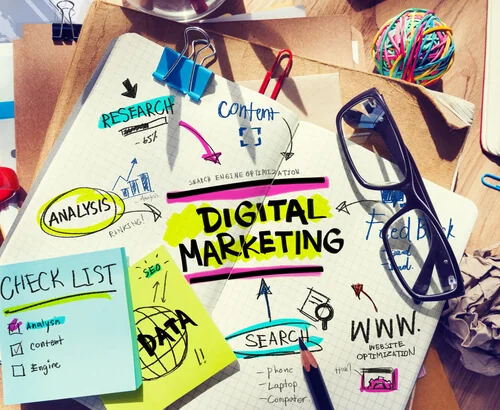Digital Marketing Trends
Marketing trends have always shifted quickly, and the speed has only increased as relevant technology developed and improved. It’s important to stay on top of these seemingly small changes that often amount to revolutionizing trends later. Below are four surprising and important digital marketing stories of the past week – in short, bite-size doses.
Instagram is the future (and the present)
Instagram has been an increasingly popular digital marketing platform in the U.S. for businesses for all sizes, and there is no sign of this trend slowing down. Industry researchers believe that although only 32 percent of American businesses with at least 100 employees use Instagram for digital marketing, this number will increase to a whopping 49 percent in 2016 and then skyrocket to 71 percent in 2017. These researchers also believe that within two years Instagram will overtake Twitter in popularity among marketers.
Selfie ads on Snapchat
Last week Snapchat CEO Evan Spiegel announced Sponsored Selfie Filters, ads that are poised to reach up to 16 million Snapchat users daily. Not surprisingly, this ad can cost as much as $700,000 per day so this may be an option for large business only for now.
This comes after Fast Company found that Snapchat most Snapchat users, between 60 and 70 percent of them, stopped watching video ads after about three seconds. Coca-Cola has found a way around this disappointing trend by creating custom content for Snapchat. The soft drink company has been advertising with 10-second clips and now has a completion rate of 54 percent, as opposed to 30 to 40 percent.
Twitter launches Conversion Lift
Twitter now offers Conversion Lift, a tool designed to help companies measure the effectiveness of its Promoted Tweets, which should help in creating better targeted ads. Twitter says that users who see Promoted Tweets are nearly 1.5 times more likely to interact with a company than those who are connected to the company on this platform, but did not see the Promoted Tweet.
Video watching time split between TV and internet
A recent poll for 13,500 people who watch videos and consume content on multiple screens (i.e. TV, tablet, smartphone, etc.) across 42 countries reveals that the average consumer aged 16 to 45-years-old watch 204 minutes of video each day, and this is split nearly equally between the TV and online. Of the online time, about 45 minutes of it is usually conducted on a smartphone, with the desktop accounting for 37 minutes, and tablets for the remaining 20 minutes.




